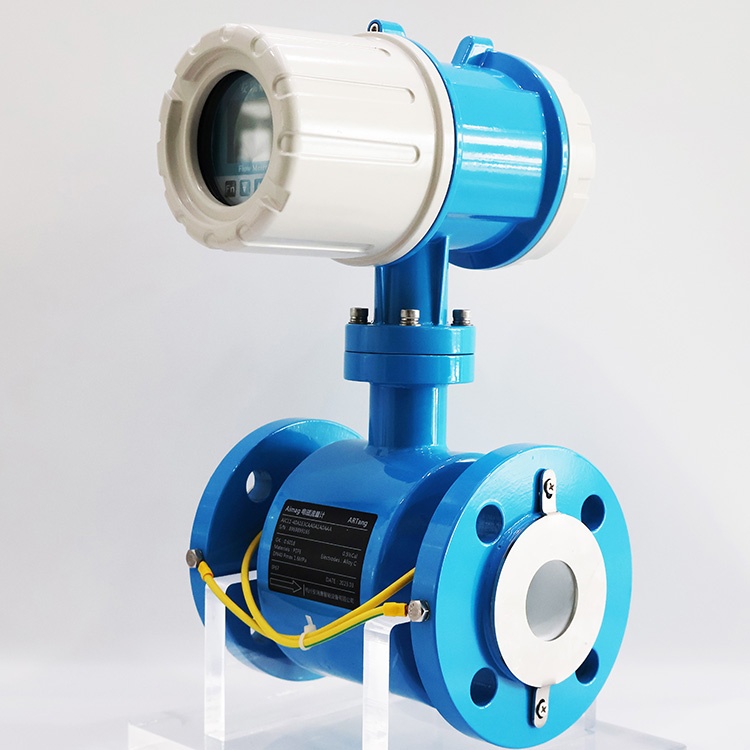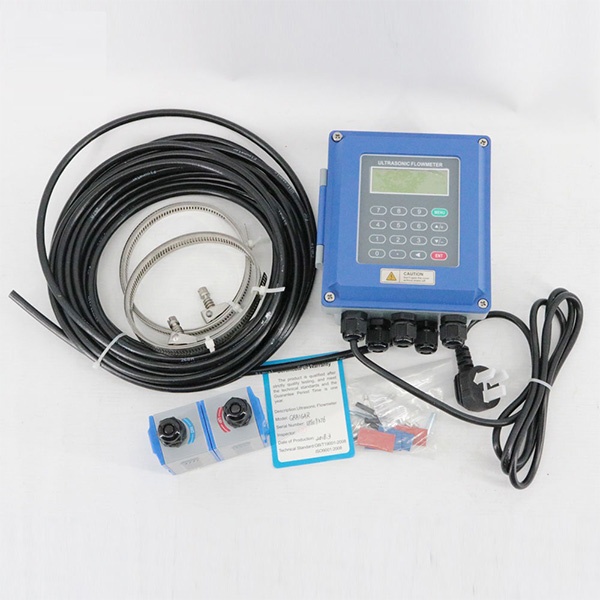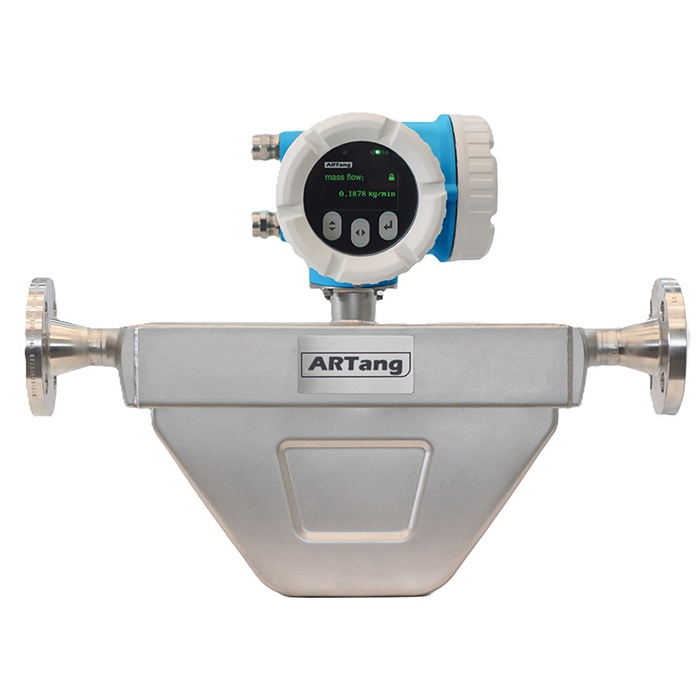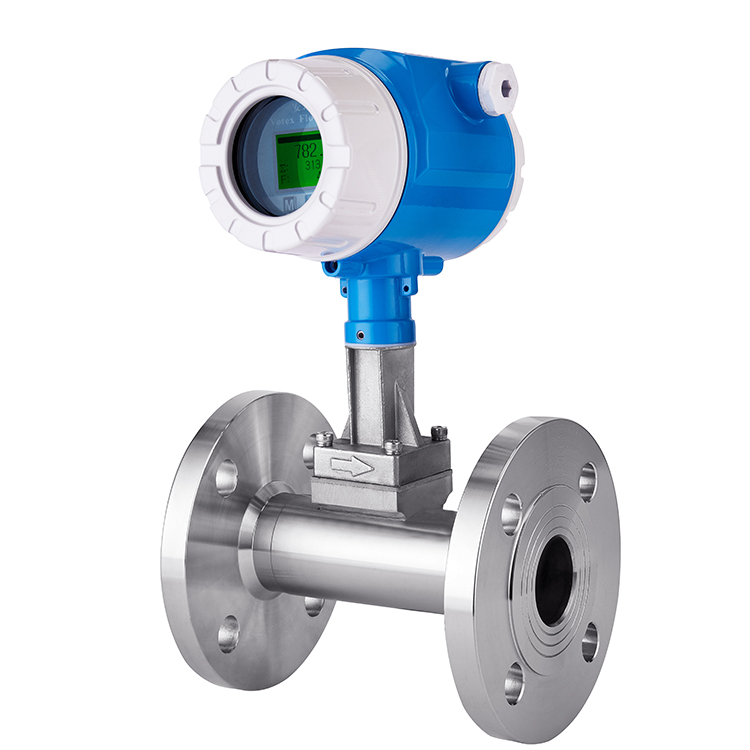-
Date:2025-09-18
-
Page View:117
A solvent flow meter is a device used to measure the volumetric or mass flow rate of solvents. In industrial production processes, accurately measuring the amount of solvent is crucial. Selecting the right flow meter for chemical applications can be challenging. It's essential to have a clear understanding of the fluid type and operating conditions. Temperature and line pressure are particularly important. The more information you provide, the better we can recommend a suitable flow meter for your application.
The Challenges of Measuring Solvents
Selecting the right flow meter for chemical applications is a nuanced task. Solvents are substances capable of dissolving other solids, liquids, gases, and solutes. The most common solvent in our daily lives is water. Solvents vary in viscosity, volatility, corrosiveness, and compatibility with different materials. These properties can significantly impact the performance and accuracy of a flow meter. Factors such as temperature and line pressure also play a major role.
The selection of solvents can be complex—some are thick, some are thin, and they serve a wide range of purposes. Therefore, the more detailed the data you provide about the solvent and operating conditions, the better we can tailor an ideal flow meter to your unique needs.
Types of Solvent Flow Meters
There are various types of flow meters available on the market, each with its own working principle and suitable applications. Let’s explore some common types of flow meters and their characteristics.
Electromagnetic Flow Meters
Electromagnetic flow meters measure fluid flow by utilizing the conductive properties of the fluid. A key feature of this instrument is that its measurement is unaffected by temperature, pressure, density, viscosity, or fluid composition. Since there are no protruding parts or moving components inside the pipe, it is well-suited for measuring fluids containing suspended solid particles, such as wastewater and coal slurry. It is particularly suitable for measuring various acid, alkali, and salt solutions.
Drawbacks:
It cannot measure gases, steam, or liquids with a high gas content. It is not suitable for liquids with very low conductivity.
Ultrasonic Flow Meters
Ultrasonic flow meters use sound waves to measure flow velocity. They employ either the time-of-flight method or the Doppler effect to determine the speed of the fluid. These meters are non-intrusive and can handle a wide variety of fluid types, including solvents. However, the presence of bubbles or particles in the solvent may affect their accuracy.
Coriolis Flow Meters
Coriolis flow meters measure the mass flow rate of a fluid directly, rather than its volumetric flow. This is particularly important when dealing with fluids of varying densities and temperatures. Built with a robust design, Coriolis meters can handle fluids with diverse properties and are well-suited for measuring high-viscosity media. They are especially ideal for measuring corrosive fluids and applications requiring precise mass flow measurement. As a result, they are widely used in the petrochemical industry.
Vortex Flow Meters
Vortex flow meters determine flow rate by measuring the oscillations generated when fluid passes around a bluff body. They are primarily used to measure the volumetric flow of liquids, gases, or steam. Thanks to their high accuracy and wide measurement range, vortex flow meters have gained a notable market share in measuring the flow of acidic solvents. However, attention must be paid to the viscosity and temperature range of the solvent.
Positive Displacement Flow Meters
Positive displacement (PD) flow meters measure flow by counting discrete volumes of fluid. They are suitable for low to medium flow rates and are often used with low-velocity and high-viscosity media.
Turbine Flow Meters
Turbine flow meters are primarily used to measure low-viscosity liquids. They calculate flow rate by measuring the rotation of a turbine and the speed at which it spins as fluid passes through. These meters are suitable for high-velocity organic solvents but are highly sensitive to viscosity—changes in viscosity can affect measurement accuracy.
Thermal Mass Flow Meters
Thermal mass flow meters measure the convective heat transfer between a heated sensor and the fluid. Since heat transfer is proportional to mass flow, this method allows for precise measurement. They are well-suited for low-flow applications and can handle a variety of fluid types, including solvents. However, due to differences in thermal conductivity, they may require calibration for different solvents.

Electromagnetic Flow Meters

Ultrasonic Flow Meters

Coriolis Flow Meters

Vortex Flow Meters for Steam
Recommended Solvent Flow Meters
Coriolis Flow Meters
Coriolis flow meters offer exceptional accuracy, precision, and reliability. They can handle a wide variety of solvents, including high-viscosity liquids, and are unaffected by changes in fluid properties. For applications where precise measurement is critical, Coriolis flow meters are an ideal choice.
Electromagnetic Flow Meters
Electromagnetic flow meters are versatile and suitable for various fluid types, including solvents. They provide highly accurate measurements and are resistant to wear and clogging. These meters are an excellent option for solvents with moderate conductivity.
Thermal Mass Flow Meters
Thermal mass flow meters are well-suited for low-flow applications involving solvents. They deliver high precision and require relatively low maintenance. However, proper calibration is essential when working with solvents that have varying thermal conductivity.
When selecting a solvent flow meter, it is important to consider chemical compatibility, accuracy requirements, flow range, pressure and temperature conditions, and maintenance factors. Coriolis, electromagnetic, and thermal mass flow meters are highly recommended for solvent measurement due to their high precision, reliability, and compatibility with diverse fluid characteristics.
Selection Guide for Industrial Solvent Flow Meters
Temperature and Pressure
The operating pressure and temperature of the fluid within a flow meter—particularly in gas applications—can significantly affect density, potentially requiring a change in the selected measurement method. For instance, when temperature and pressure impact measurement accuracy and other performance metrics, temperature or pressure compensation may be necessary.
Additionally, the structural strength and material selection of the flow meter housing depend heavily on the fluid’s temperature and pressure. It is therefore essential to know the exact minimum and maximum values of both parameters. Special care in selection should be taken when temperature and pressure fluctuate widely.
Chemical Compatibility
The materials used in the flow meter must be compatible with the solvent to prevent chemical reactions or material degradation. Highly corrosive solvents may require a flow meter constructed from specialized corrosion-resistant materials.
Accuracy and Precision
The flow meter should deliver the level of accuracy and precision required for your specific application. Consider the flow range, required measurement resolution, and the overall accuracy of the instrument. It's important to note that a flow meter’s accuracy rating is typically specified over a certain flow range. If used under stable conditions or within a narrower flow range—such as when flow varies only minimally—the actual measurement accuracy may be higher than the rated specification.
Flow Range
When selecting a flow meter, it’s important to note that different types of flow meters vary significantly in their maximum flow rate or maximum flow velocity due to differences in measurement principles and structural design. Therefore, choosing a flow meter that can cover your required flow range is essential.
Maintenance and Cost Considerations
Evaluate the maintenance requirements and associated costs of the flow meter. Some flow meters may require periodic calibration, cleaning, or part replacements. Consider long-term costs and the availability of maintenance support.










